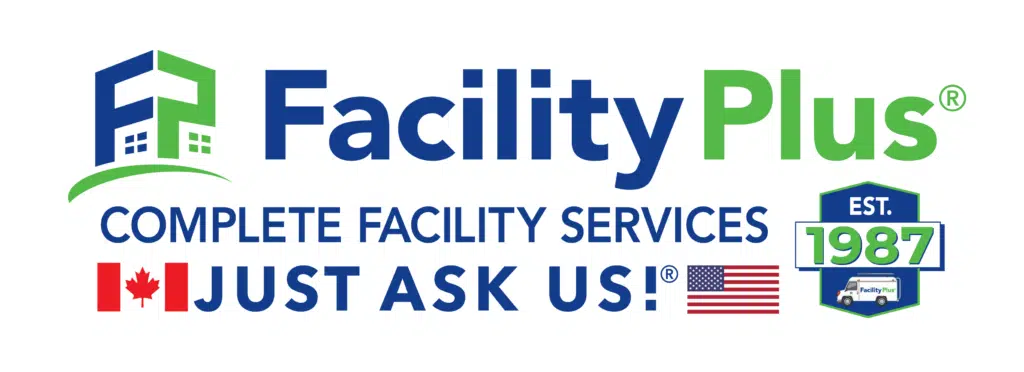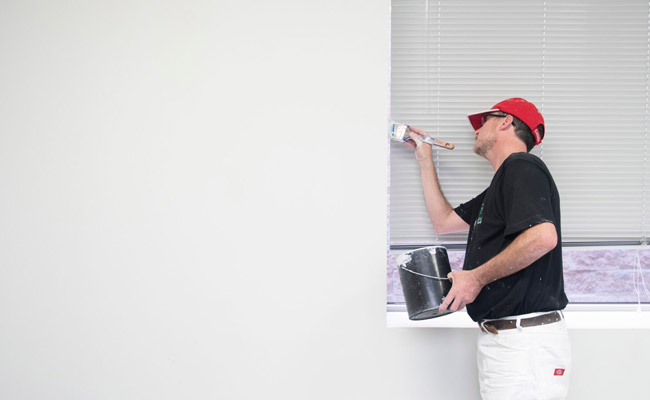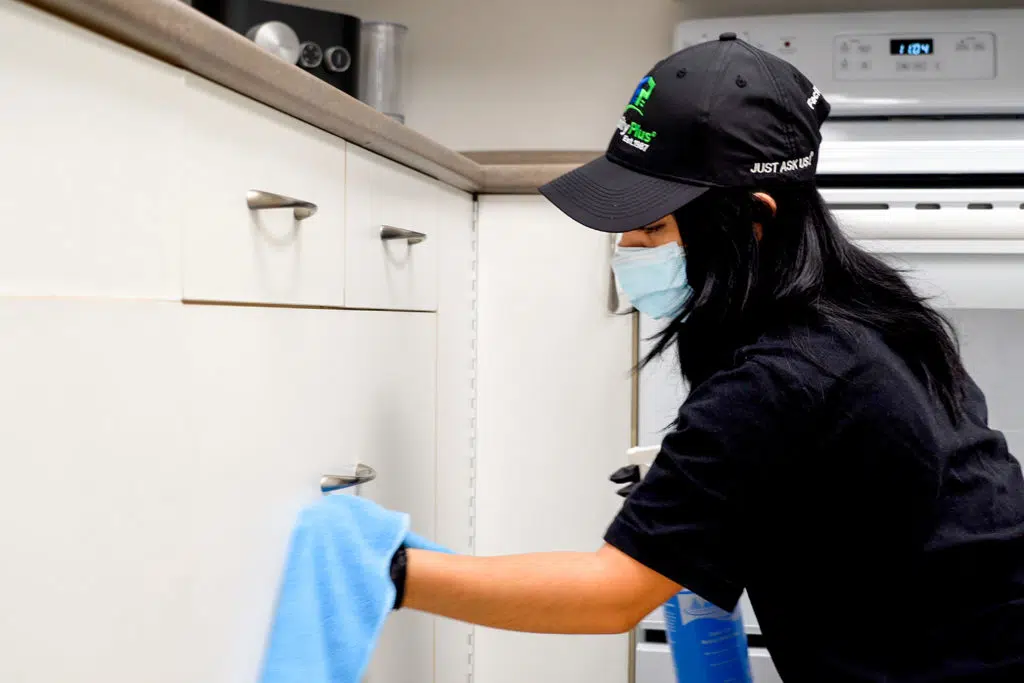Change-Up Your Colour Scheme:
Redesigning your workplace doesn’t need to be complicated. Often, a simple coat of paint can transform the environment, and completely reinvent the feel of a space. However, whether you’re repainting the entire office or redecorating a feature wall, there are a couple of factors to take into consideration:
- It’s important for any new colors to stay consistent with the branding used throughout the rest of the building.
- Different colors can elicit different moods – painting a huge office wall in a deep shade of crimson can create a very different feeling in comparison to a light blue – so it’s important to consider the psychological impact colors will have on the people experiencing them every day.
Rebranding the Workplace To Increase Productivity:
Colour can profoundly affect the productivity of the brain. Research has shown that blue affects your mind; yellow your emotions; red your body; and green your balance. By combining these colours you can influence behaviour. Sounds a bit Rainbow Bright but you can limit the colours to certain areas in order to harness that feeling in particular sections of your office.
Using large logos on walls, company mission statements and vision statements on the office walls can be just what your employees need to feel empowered, part of a team and sharing a common goal, which in turn motivates them to knuckle down and produce results.
There is certainly something to be said for giving the place you and your staff spend so much time in, a new lease of life. Smartening up, tidying up, cleaning up and branding up can often be the way forward.
Take Advantage of Latest Paint Technology:
By understanding advances in the key performance characteristics of the latest generation of paints and coatings — including wear ability, sustainability, coverage, cleanup, substrate protection, and appearance — managers can more effectively match new-generation offerings to their project needs to ensure successful applications.
Coverage Depends On Substrate and Pigment In Paint:
Coverage depends on the nature of the substrate, as well as the percentage of pigment the manufacturer used in formulating the paint or coating. Each product features a label showing the coverage in approximate square feet per gallon. A manager can determine the number of gallons a particular application requires by calculating the square feet of wall area around the perimeter — for example, an area 9 feet high with a perimeter of 60 feet contains 540 square feet.
Subtract the areas of doors and windows that do not require painting or require a different paint — say, one door and two windows measuring 50 square feet total. Subtract 50 square feet from 540 square feet for total painted area of 490 square feet.
If the coverage indicated on the container label is 250 square feet per gallon, then the paint crew will need 490 square feet divided by 250, or 2 gallons for each coat of the area to be painted. Some variation in this number will occur, depending on porosity of the substrate.
While more expensive, paints and coatings with higher pigment content deliver better coverage per coat and might be more economical, provided that one coat covers, using a higher-pigment coating can be especially economical if that product combines the primer and the finish coat, since labor will cost lower than having to apply multiple coats of a product with less pigment.
Preparation of Substrate Is Critical To Look and Performance:
Among the factors that enhance the adherence of a paint or coating — and, as a result, the performance of the product — are the condition and preparation of the substrate, the product’s adherence to the substrate, its ability to withstand the environment, its suitability for the job, and whether it contains adequate solid pigment. Adherence to the substrate is a key specification consideration for managers. If the selected paint or coating does not match the substrate and the purpose, the job is likely to be short-lived.
Will the primer bind to the substrate? Is the primer meant for high-gloss surfaces, such as PVC, hardboard, and galvanized metal? Manufacturers are developing specialized formulas designed for use on any substrate. It is always a good idea to check with the supplier’s technical support to ensure a match between the product and the surface. Is the paint specified meant for exterior or interior use? Will it be applied over residual rust? Is it suitable for concrete? Will it cover stains?
Test Paint Before Actual Purchase and Application:
Another method to test color is to use an online virtual painter that many paint manufacturers offer. The specifier selects a prototypical room or uploads an image of the actual room, selects a new color, and sees the results in real time. The specifier can bring up this application, try a color or several colors on the whole wall, and select the desired paint after seeing its effect on the appearance of the entire wall.
Application Considerations:
Using a typical labor-heavy ratio, managers should pay careful attention to application methods because of the effect the application method has on labor hours. For example, it is faster to use roller-handle extensions, foot-wearable stilts, or aerial personnel lifts instead of setting up and removing scaffold sections.
Using a pressure-feed device to keep the roller filled is faster than manually dipping the roller in a paint tray each time. These methods make a tremendous difference in the application rate and labor hours. Using a spray application, rather than a roller or brush, for open web steel ceiling joists or other irregular surfaces can also increase application rates substantially.
On trim applications, using masking tape and a trim brush or roller guide is faster than brushing or rolling the paint on free-hand. Workers can use natural or synthetic bristles with oil-based paints, but they should use only synthetic bristles for latex paints because natural bristles tend to absorb water and clog.
Plan and Schedule for Maximum Success:
Managers and occupants do not like interruptions to facility operations. When painting is in progress, the space essentially is unusable due to moved furniture, the presence of floor and furniture covers, and, often, reduced air quality. Paint and coating selection can have a major impact on scheduling. Managers should always choose material quality over unit cost because if top-quality materials can double the life of the paint job, the result is one-half the possible interruptions and much happier occupants and managers. It also cuts labor and material costs in half.
Also, a second coat is more cost-effective than two first coats spread over time because preparation for the second coat is minimal. This approach also is a good way to use the remaining paint and reduce the amount of recycling or other disposal. Later, all workers need to do to keep the surface looking fresh, bright and clean in between repainting is wash it and touch up a few high-traffic areas.
Survey. Conduct an inspection and inventory the painting needs of interior and exterior buildings and equipment. Do not forget safety painting, such as aisle markings, railings, fire-extinguisher locations, and sprinkler systems.
Measure. Determine the units, square feet or linear feet for each surface that requires painting.
Plan. Develop a painting plan that covers the entire workload in three to five years, depending on the severity of conditions and department policy. Distribute the load evenly throughout the year, i.e. inside during cold weather and outside during warm weather.
Estimate. Using predetermined times available from consultants or estimates from experience, estimate the work time required for each painting job. Many managers find that predetermined times are more accurate, consistent and dependable for purposes of staffing and budgeting.
Schedule. Establish a schedule of painting that is consistent with policy guidelines and environmental conditions, such as heat, cold, dampness, corrosion, etc.
Staff. Calculate the needed staffing, making sure to include job preparation, surface preparation, paint application and allowances for personal rest and minor, unavoidable delay time.
Execute. Successfully carry out the painting plan!
The Facility Plus Service Difference
- Emergency service 24-hours a day, 365 days a year
- Prompt, professional, courteous service
- Certified technicians
- Occupational Health & Safety trained, fully insured and bonded
- High-tech rapid response state-of-the-art delivery system
- JUST ASK US! (no job is too small or outside of our expertise)




